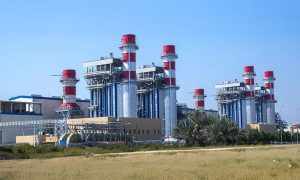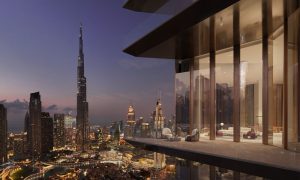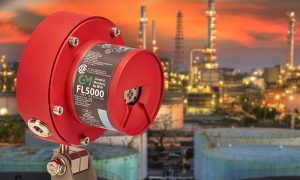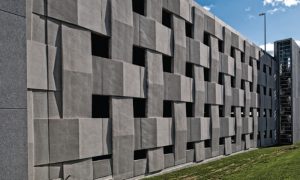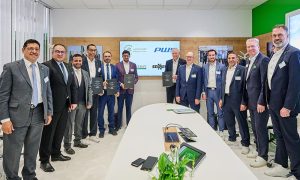Rain and Shine: The best of Intermat
An unseasonably cold and wet week in Paris did not prevent the industry from unleashing its latest wave of machinery and equipment at this year’s Intermat. What was in it for the Middle East? Ah, Spring time in Paris. A magical time of year where the cafe awnings are unfurled and tree blossom colours the […]
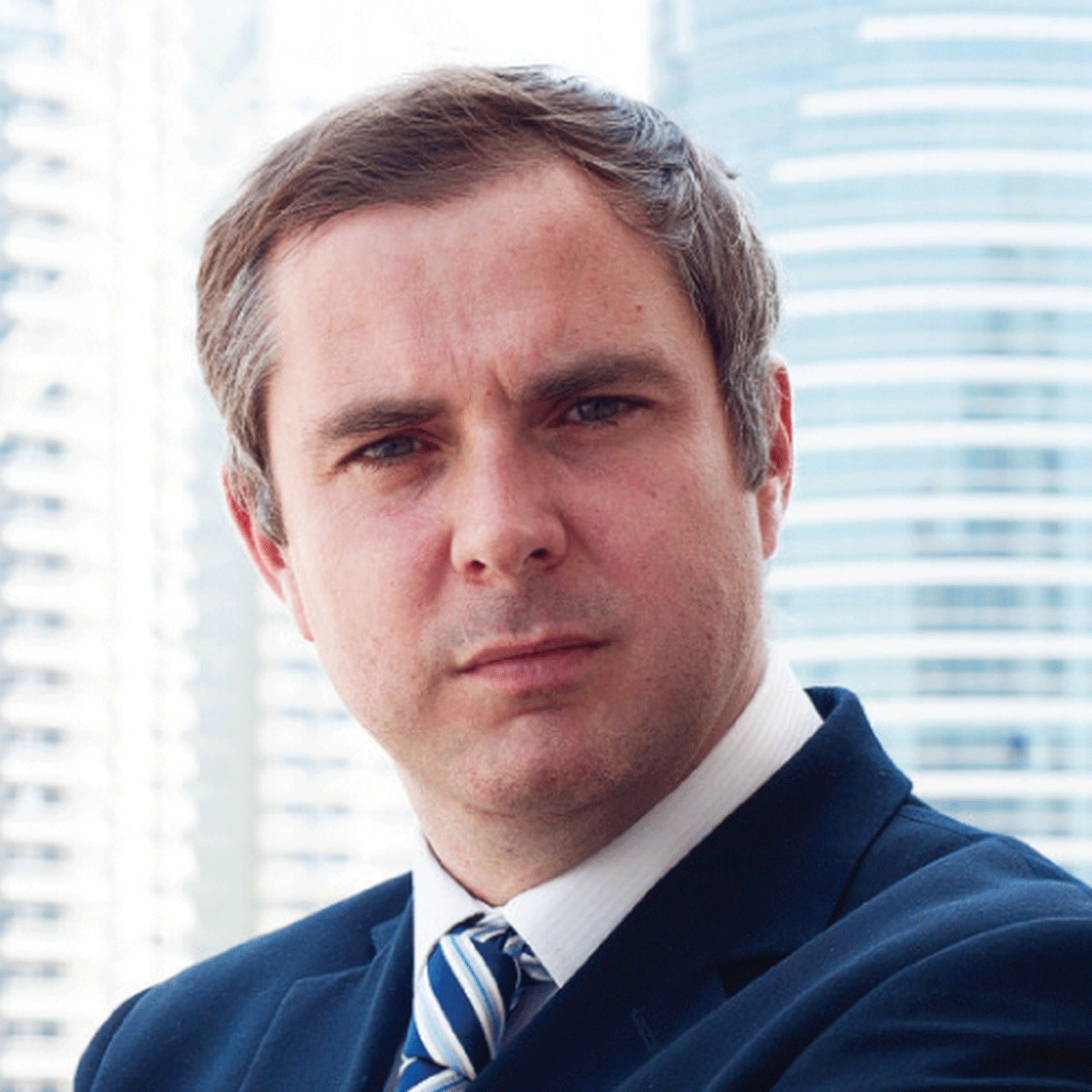
An unseasonably cold and wet week in Paris did not prevent the industry from unleashing its latest wave of machinery and equipment at this year’s Intermat. What was in it for the Middle East?
Ah, Spring time in Paris. A magical time of year where the cafe awnings are unfurled and tree blossom colours the streets; reminding a weary traveller why Paris has been the favourite muse of artists for centuries. Shame then that Intermat was treated to a downpour that would have left a street painter’s canvas a soaking mess.
Lesser industries may have made their main event a wash-out but the construction machinery industry is not one of your lesser industries. In fact Intermat was arguably the most bolshie show in years.
According to the show organisers, it was certainly the best attended event yet, tempting 200,000 visitors through the show doors of Paris’ Parc des Expositions.
The fact that over 70,000 of them were overseas attendees speaks volumes of the show’s growing popularity in the annual calendar and finally consigned its troubled history – the credit crisis in 2009, Bird Flu in 2006 – to where it belongs, in the past. The European manufacturers have had a tempestuous few years in the lead up to the event, particularly in the western and southern parts of the continent. Financial uncertainty at home has left it vulnerable to shifts in global markets. Post-downturn, the world is looking more and more to the east and the traditional powerhouses on the continent are less assured of their position than at any stage since the rise of the Japanese in the 1960s and the South Koreans in the 1980s.
Sany’s acquiring of Putzmeister earlier this year has focused minds on Europe’s loosening grip on its own industries and the growing potency of the Chinese manufacturers.
It may have been disquieting for some to see the massive Sany stand in the outside area dwarf Putzmeister’s own which was tucked away between two halls (you could’ve fitted Putzmeister’s own stand within it several times over), especially with XCMG using the show newspaper to declare that it is close to acquiring a large stake in Schwing-Stetter. Whether it was competition with the largest privately-owned construction company in the world, or a chance to make its own statement of intent in the home of European industry, XCMG chose to go public on its desire to take control of Germany’s other major concrete player at the event leaving no doubt that time since the previous Intermat has not been overly kind to Europe.
However, a new European industry may be forming out of the mist that has descended over the region. It has been forced to rethink its approach towards production and development, and this was evident on many stands and in conversation with exhibitors.
Like Putzmeister, Liebherr is a family-owned company, but has taken great strides to ensure that it is better positioned in 2012 than in 2009. It showed a typically diverse range of equipment and cranes at the event – majoring in large heavy excavators for the mining sector – and clearly it has continued to invest in its lines. Despite being happy to have experienced a plateau and not a dip over the past three years, there was scant evidence of Schaudenfreude regarding the taking of Putzmeister by the Chinese.
“It is fair to say it is big news in Germany but I think there were some circumstances with Putzmeister and Sany,” said Dr Gerold Dobler, corporate communications trade press at Liebherr. “You know (Karl) Schlect wanted to retire and he doesn’t have a successor. We’re owned by the Liebherr family but they want the company to be successful and has a social commitment to the region. We felt the crisis but there was no particular time we were dramatically affected.”
As a consequence of the downturn, Liebherr has begun rotating staff across its product lines, moving team members away from one line on its broad spectrum of equipment to others that are performing more strongly. Liebherr as a group is also heavily diversified, it owns a successful refrigeration business, for instance, and employees were also shifted over to different fields during the downturn, Wolfgang Beringer who handles sales promotion explained.
“We train our people in working groups and can get skilled workers who can start immediately,” he



